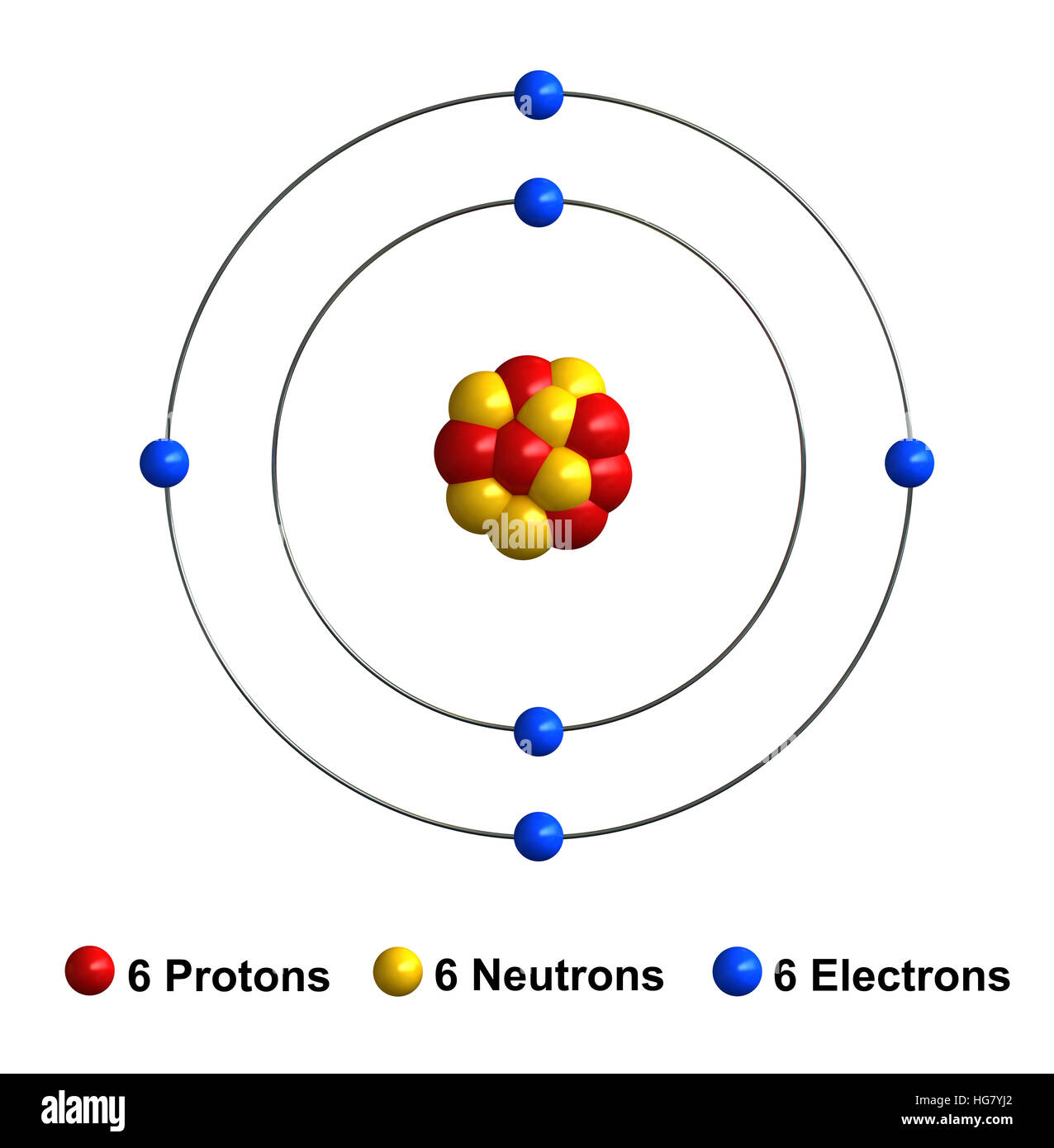

Through one more example and that will be calcium. Your valence electrons are and what kind they are, so that's helpful. So, writing your electron configuration this way, using noble gas notation, makes it really obvious where The other thing you might notice is that these other electrons here, that we wrote outside of the brackets, these are our valence electrons. And so we don't have to write that, we just write neon, and assume that whoever's reading it knows what the electronĬonfiguration for neon is. So if we compare these two ways of writing our electron configuration, you can see that these electrons right here, so everything up to 3s2 3p2, that gives us the electronĬonfiguration for neon. So we go down, and the electrons thatĪren't included in neon would be our 3s2 electrons, right here, and the 3p2 electrons. And then, the other electrons are the ones that come after neon. Preceding silicon, if we go up a row and then move over, we see that it's neon. And compare, so, the noble gas immediately So that's the electronĬonfiguration for silicon.

These are our P electrons because they're in P orbitals, and then once we're through our 2p6 electrons, we go to 3s2 and we have two more electrons, so it's 3p2. The electron configuration 1s2 2s2 2p6, so as a reminder, theseĪre our S electrons because they're in S orbitals. We're going to talk about and write the configurationĬarbon in the Periodic Table, and we can write its fullĮlectron configuration, just for comparison, so if we start up here, with hydrogen, silicon has That a lot of chemistry, chemical reactions will be driven by other non-noble gases trying And so, since they have aįull octet, they're not very reactive, they have all of the electrons they want, and as a result, you will see in chemistry
#CARBON ELECTRON CONFIGURATION FULL#
Why we call the noble gases noble, and that is because they have a full octet of electrons. So before we get started, I'm just going to remind you If you don't remember what that is, we'll go through a coupleĮxamples right now. That you normally write electron configurations in. Your other electrons using the same notation And you put that in bracketsĪnd then you write your other electrons, and you write Noble gas that comes right before it, so you go up a row, and you go over to here, where the noble gases live. Immediately preceding? That means we want the It is, you take the noble gas immediately preceding your atom or ion, so what do I mean by So the rule for writing the noble gas notation for something is pretty simple. The transition metals, right here, and the lanthanides, are a little bit more complicated, so we won't be doing that Going to be focusing on examples using main group elements. And to be more specific, in this video we're also This makes it simpler to examine the properties of the components.We're going to be talking about how you can write electron configurations using noble gas notation. It additionally characterizes components into various squares, (for example, the s-block components, the p-block components, the d-block components, and the f-block components). We have to know that electron setups give knowledge into the substance conduct of components by deciding the valence electrons of a molecule. Therefore, the electronic configuration of carbon is $1$. While composing electron setups, a normalized documentation is continued in which the energy level and the sort of orbital are composed first, trailed by the quantity of electrons present in the orbital written in superscript. The electronic setup of a component is a representative documentation of the way in which the electrons of its particles are conveyed over various nuclear orbitals.

For this situation the number is six, it simply implies it has six protons in its nucleus and gives an unpleasant thought regarding its nuclear mass it ought to be almost twofold this number however now and again neutron might be available in abundance in nucleus hence nuclear number not gives any conviction about nuclear mass. We have to know that carbon has a remarkable component number like others. The energy of an orbital is determined by the amount of the head and the azimuthal quantum numbers. The Aufbau guideline states that electrons will involve the orbitals having lower energies prior to possessing higher energy orbitals. Hint: We have to know that the Aufbau rule is named after the German word 'Aufbeen', which signifies 'develop'.


 0 kommentar(er)
0 kommentar(er)
